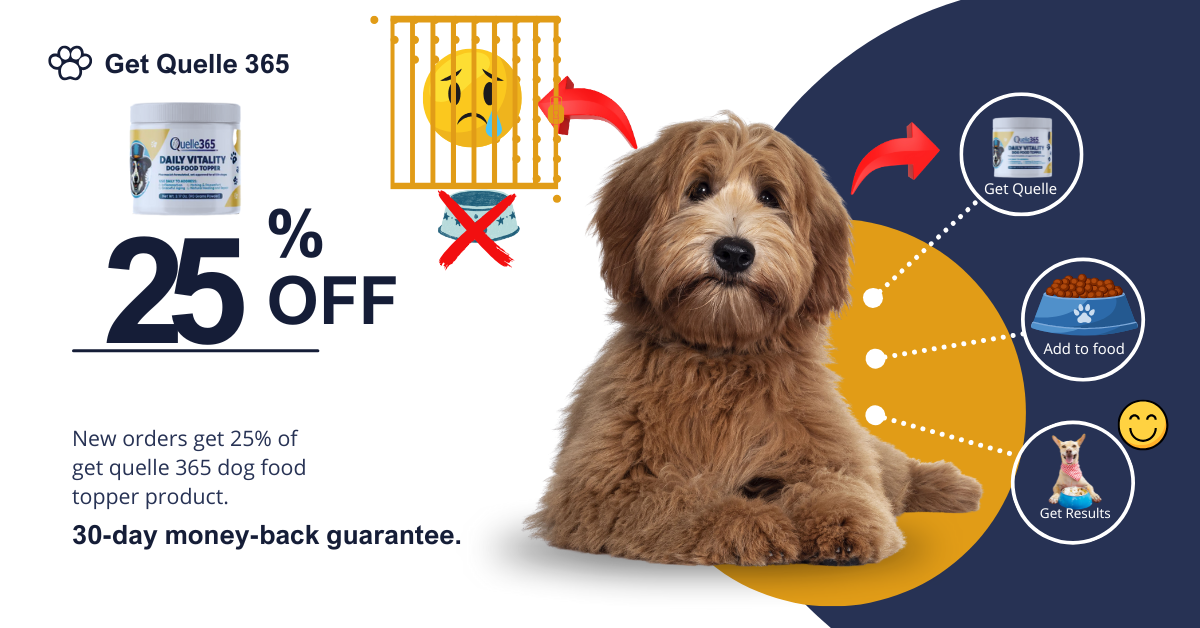To win back consumers, food giants need to make better products
Tessa Weigand is Chief Transformation Officer at Curion, which provides insights to CPG brands. Opinions are the author’s own.
CPG companies are facing a product crisis. While the recent political news of tariffs, supply chain issues, and “Make America Healthy Again” are forcing conversations within brands about ingredient costs, there is still a lack of conversation about the overall importance of product quality.
Top performing products are 15x more likely to have long term market success than poor performing products. However, after a decade of repeated top-down CPG cost-cutting driven product reformulation, the average traditional brand’s products are often not only not top performing, but they may also be the worst quality they’ve ever been at the highest prices they’ve ever been.
This is my gentle reminder – without a product, the other three “P’s” of marketing don’t matter. There would be nothing to price, place, or promote.
More than 70% of consumers cite product quality as the main factor that keeps them loyal to a brand and product quality contributes more to customer satisfaction than either price or brand image. And it is repeat purchases that drive the majority of company revenue, which is undoubtedly linked to the quality of a product.
The importance of product quality is also magnifying in the e-commerce era. Virtually all consumers consult product reviews before making a purchase, and a one-star increase in average ratings can increase a product’s sales by as much as 26%. Brands can no longer hide product quality from their consumers and consumers are clearly speaking with their wallets.
Consumers are shouting from the rooftops that they care about product quality and experience. According to Bain’s Consumer Products Report 2025, consumers are splitting their spending between value-oriented private label brands and high-quality, premium products that consumers feel justify their prices. Brand loyalty continues to decline even among grocers, undercutting the value of shelf placement for CPGs as consumers hop between traditional grocery banners and places like Aldi, Trader Joe’s and Costco.
As the cherry on top, “crunchy moms” have brought natural ingredients and overall food quality to the forefront of American culture and politics. Within the last year, grassroots movements have staged notable protests against CPG giants and have most recently led to increased food regulation at the FDA with the ban of Red Dye No. 3.
It is understandable how product quality has become the ever-expanding elephant in the room. Innovation and manufacturing are expensive, and reducing these investments can immediately boost margins in the short term. But those margin gains are also short lived.
The two leading shelf-stable macaroni and cheese brands, for example, have seen their market share decline by nearly 5% in just 3 years. And that story isn’t unique. Mass and value brands have seen a combined decline in market share of nearly 2% since 2020. When considered in the context of tens of millions of dollars of revenue erosion each year, suddenly the incremental costs for product innovation or better ingredients doesn’t seem so expensive.
While undoubtedly 2025 will again be a year of AI, of digitization and data-driven insights, and cost saving productivity gains, I have an additional perspective. Brands who recognize their growth problem is a product problem, and make longer term investments to fix it, will have the opportunity to regain their footing.
Brands that continue to focus on their business at the cost of their consumers will find that no price, promotion, placement, or person can overcome a bad product.
Source link






